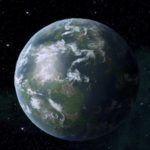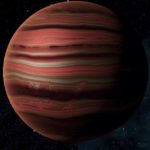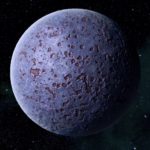System Specs:
- Stellar Mass: N/A Sol Masses
- Stellar Class: N/A
- Luminosity: N/A Sol
- Planets: 4
- Moons: 9
- Asteroid Belts: 0
- Asteroids: 0
- Objects: 0
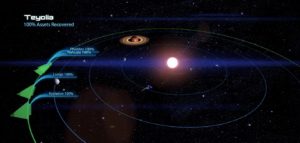
–
Planets Directory:
- Loxia
- Nevos
- Quirezia
- Atebolos
–
Loxia:
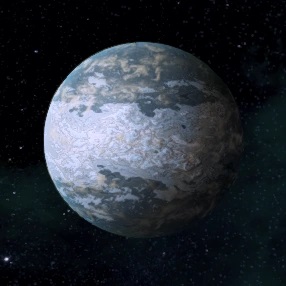
- Orbital Distance: 0.7 AU
- Orbital Period: 0.43 Earth-years
- Keplerian Ratio: 1.855
- Radius: 3,016 km
- Day Length: 29.3 Earth-hours
- Atmospheric Pressure: 0.458 atm
- Surface Temp: 152 °C
- Surface Gravity: 0.47 g
- Mass: 0.104 Earth-masses
Loxia is a small terrestrial planet tidally locked to Teyolia. Due to its low mass and relatively small size, Loxia has an exceptionally fast stellar orbit. The planet’s light atmosphere consists mainly of argon and krypton, which occasionally produces long, thin bands of luminescence along the twilight border. Loxia’s crust is mainly igneous rock with wide salt flats and occasional deposits of potassium.
–
Nevos:

- Orbital Distance: 1.6 AU
- Orbital Period: 1.8 Earth-years
- Keplerian Ratio: 1.264
- Radius: 7,134 km
- Day Length: 19.7 Earth-hours
- Atmospheric Pressure: 1.07 atm
- Surface Temp: 23 °C
- Surface Gravity: 1.11 g
- Mass: 1.378 Earth-masses
- Satellites: 2
First discovered by asari pioneers in 430 CE, Nevos is a vibrant garden planet and home to a thriving asari colony. Sandy beaches and romantic twin moons fuel a bustling tourism economy, while practical and secretive corporate matters are handled in spiraling arcologies built along towering cliffs. Even though it has been colonized for centuries, Nevos feels a frontier away from regulation and oversight. Consequently, a number of influential political lobbies have established sizable presences on the planet.
–
Quirezia:
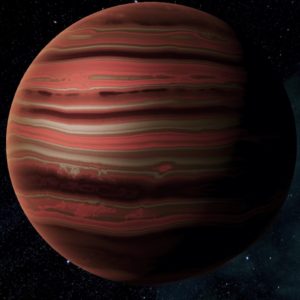
- Orbital Distance: 2.48 AU
- Orbital Period: 3.9 Earth-years
- Keplerian Ratio: 1.003
- Radius: 68,541 km
- Day Length: 17.9 Earth-hours
- Atmospheric Pressure: N/A atm
- Surface Temp: N/A °C
- Surface Gravity: N/A g
- Mass: N/A Earth-masses
- Satellites: 7
A typical hydrogen-helium gas giant, Quirezia serves as a naval resource for fuel-gathering and magnetic-field discharge. The planet is surrounded by a band of seven large moons that form The Necklace–a reference to a legendary jewel owned by the ancient asari queen for which Quirezia was named.
Quirezia’s orbit places it within the system’s frost line, where gas giants do not usually form. For this reason, the planet is believed to be an extrasolar capture. The alternative, that its orbit is decaying, is a horrifying prospect to the tourism and immigration boards of Nevos, since they would be in the gas giant’s eventual path.
–
Atebolos:
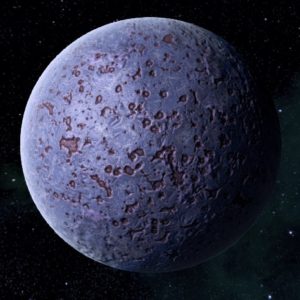
- Orbital Distance: 7.45 AU
- Orbital Period: 20.4 Earth-years
- Keplerian Ratio: 0.994
- Radius: 8,152 km
- Day Length: 31.1 Earth-hours
- Atmospheric Pressure: 0.734 atm
- Surface Temp: −177 °C
- Surface Gravity: 0.76 g
- Mass: 1.232 Earth-masses
Farthest out from Teyolia, Atebolos is a low-density planet peppered with outdated mining facilities and a few independent mechanical contractors. The unmanned mining scouts that first surveyed the planet conveyed positive reports, based on the light gravity, gentle atmospheric pressure, and easily penetrable crust of silica and salt. Neither methane pockets nor low temperatures were barriers to the asari, but after centuries of mining, the veins of genuinely valuable minerals are gone and all but a few inhabitants have departed.
–
–
video


